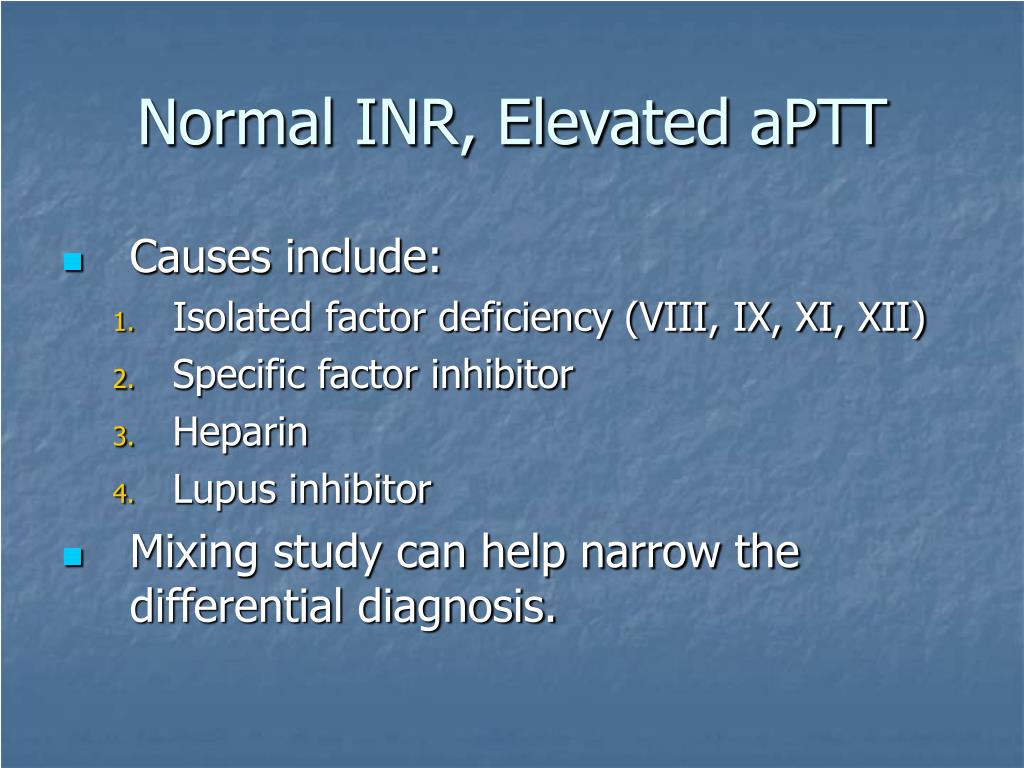

PCCs are reconstituted into a small volume for rapid infusion and have a fast onset of action.Prothrombinex-VF is a coagulation factor concentrate containing factors II, IX and X and a small amount of factor VII.Prothrombin complex concentrate (PCC) e.g.See the Guidelines for the management of an elevated INR in adults for details.

Dosage of Vitamin K varies between 0.5 mg and 10 mg based on bleeding or risk of bleeding.Vitamin K should not be administered by subcutaneous or intramuscular routes.IV has a more rapid response, within 6-8 hours. Both oral and intravenous (IV) routes are effective in reducing a raised INR due to warfarin with a similar correction of INR by 24 hrs.Vitamin K is a safe and effective antidote to warfarin.If the INR is only minimally above the therapeutic range (up to 10%) dose reduction is generally not necessary.Resume therapy at a lower warfarin dose when the INR approaches therapeutic range.Withhold warfarin with careful monitoring.mechanical heart valves, acute coronary syndrome or recent coronary stent insertion. General principles for preventing supratherapeutic INR involve careful monitoring and consideration of warfarin-drug interactions, including avoiding concomitant non-steroidal anti-inflammatory drugs, certain antibiotics and antiplatelet therapy except where clinical benefit is known e.g. Management of an elevated INR caused by warfarin therapyĪ supratherapeutic INR is a significant risk factor for bleeding. Notes: *Dose reduction may not be necessary if the INR is only minimally above therapeutic range (up to 10%) INR = International Normalised Ratio FFP = fresh frozen plasma If Prothrominex-VF not available administer FFP 15 mL/kgĬonsider 1.0–2.0 mg oral or 0.5–1.0 mg intravenous INR ≥2.0 with clinically significant bleeding (not life-threatening) Warfarin Resume warfarin when bleeding ceased and adjust dose to maintain INR within therapeutic range If Prothrombinex-VF not available administer FFP 15 mL/kg Management of patients on warfarin therapy with high INR in adults WITH bleeding INR ≥1.5 with life-threatening (critical organ) bleeding Warfarin Resume warfarin at reduced dose when INR reaches therapeutic range Management of patients on warfarin therapy with high INR in adults WITHOUT bleeding INR greater than therapeutic range but 10.0 bleeding risk low Warfarin Guidelines for the management of an elevated INR in adults Patients at high risk for arterial and venous thromboembolism should be discussed with a haematologist regarding the need for bridging anticoagulation.Prothrombinex-VF use for warfarin reversal should be restricted to emergency settings.If necessary, warfarin can be withheld for 5 days before surgery, or intravenous vitamin K can be given the night before surgery.Surgery can be conducted with minimal increased risk of bleeding if INR ≤ 1.5.For minor procedures where bleeding risk is low, warfarin may not need to be interrupted.Key points from these guidelines include: The THANZ guidelines provide a risk stratification strategy for the perioperative management of patients with a history of arterial and/or venous thromboembolism. guidelines from the American College of Chest Physicians and the Thrombosis and Haemostasis Society of Australian and New Zealand (THANZ). In patients receiving warfarin who are scheduled for elective non-cardiac surgery or other invasive procedures (excluding minor procedures-see Recommendation 10) specific management according to current guidelines is required (e.g. In patients undergoing minor dental procedures, arthrocentesis, cataract surgery, upper gastrointestinal endoscopy without biopsy or colonoscopy without biopsy, warfarin may be continued (Grade B). The Patient Blood Management (PBM) Guidelines: Module 2 – Perioperative provide some guidance with the following recommendation and practice point.
Inr normal range vs therapeutic how to#
When considering how to manage patients receiving warfarin who require surgery, the risk of thrombosis if warfarin is withheld needs to be balanced with the risk of bleeding if continued. Management of patients on warfarin undergoing invasive procedures


 0 kommentar(er)
0 kommentar(er)
